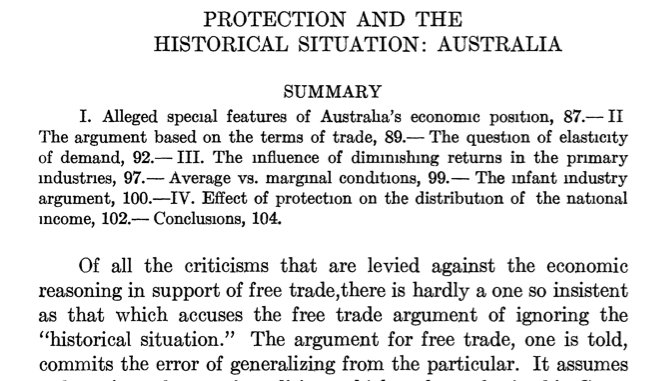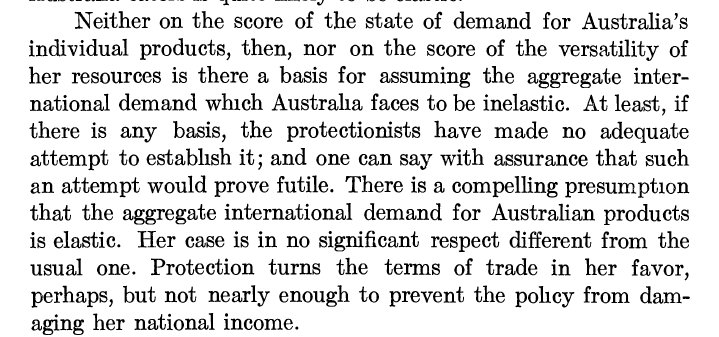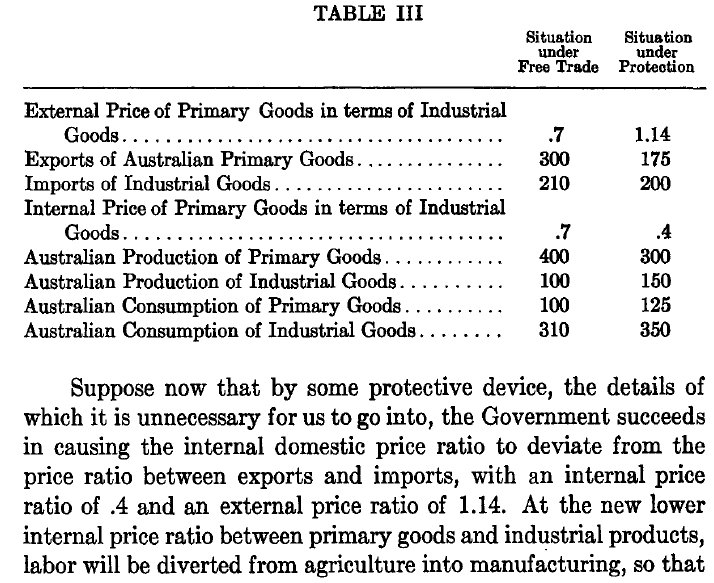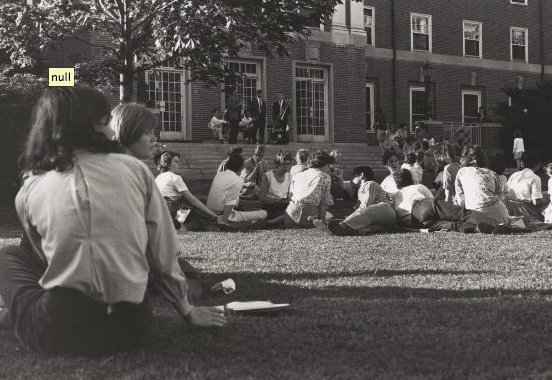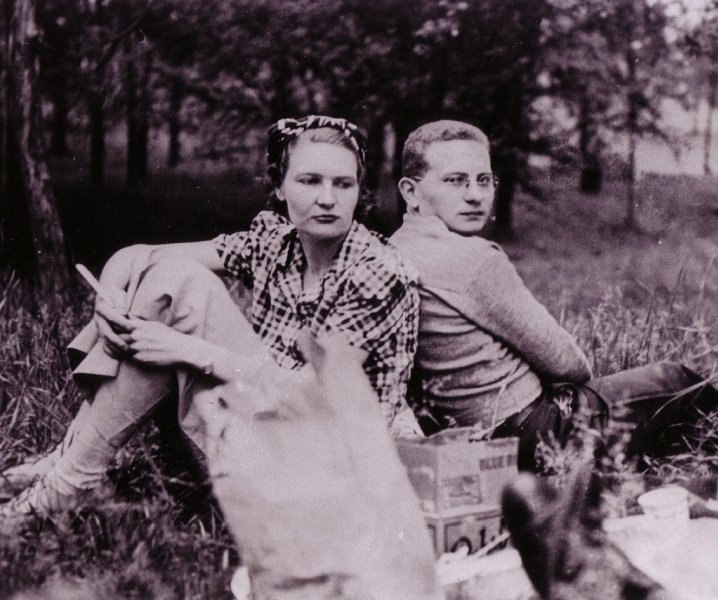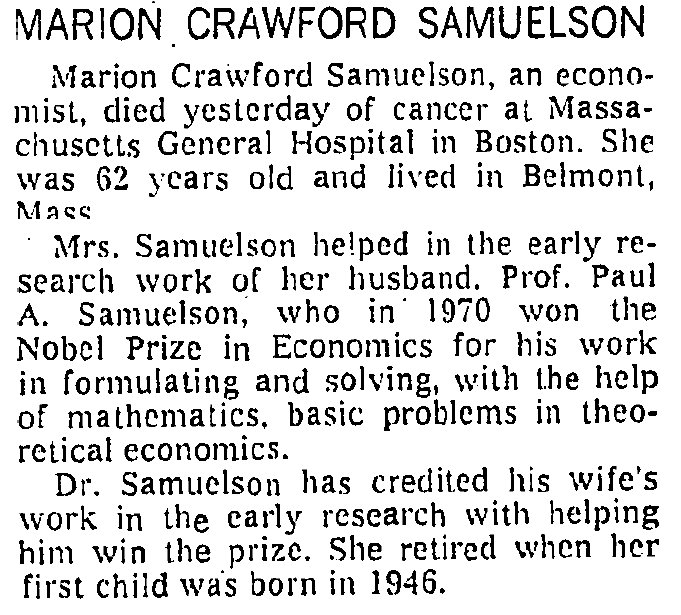1/ In 1938 as in 2018, trade wars, tariffs and mercantilism were hot topics. That year, Bryn Mawr economist Karl Anderson published a blistering critique of Australian econs’ attempts to establish a tariff on manufactured good in the QJE
(note: this is not a thread on trade)
(note: this is not a thread on trade)
2/ Anderson argued that free trade would maximize the real share of each productive factor, thus Australian national income. The underlying discussion of elasticities & returns of scales was, as often in those years, literary
3/ Yet in a QJE rejoinder published the next year, a young Harvard graduate student offered a numerical example in which tariffs raised consumption of manufactured & primary goods, raising labor income. Anderson& #39;s demonstration was a non-sequitur, it concluded
4/ the paper acknowledged the 1938 “Gains from international trade” proof of grad’s colleague Paul Samuelson, yet displayed skepticism toward argument that losers could be compensated, showing excellent knowledge of ongoing welfare debates
5/ Anderson conceded, adding there was “nothing to do but admire” the grad’s “analytical skills,” some already apparent in undergrad thesis, “A Mathematical Reconstruction of the Elasticity of Substitution.” It criticized Hicks’s use of elasticity for entire economy rather than..
6/ for single firms only (as Robinson had pointed out). It also challenged the idea that a national “production function” was a meaningful thing (as Robinson would point out).
Grad was highly regarded at Harvard, described by mathematician EB Wilson as a “grand economist” ...
Grad was highly regarded at Harvard, described by mathematician EB Wilson as a “grand economist” ...
7/ and rated by Schumpeter as highly as Samuelson, no less. At that time, the grad was also working on social security & on deriving a replacement function to model dynamics of population growth
8/All this, in spite of being taught separately & subject to restrictive regulation (like having to leave Harvard’s research libraries earlier everyday, like every other girl from Radcliffe, the Women college (see https://www.radcliffe.harvard.edu/news/radcliffe-magazine/complicated-history-women-harvard">https://www.radcliffe.harvard.edu/news/radc... & http://www.irwincollier.com/harvard-nine-radcliffe-graduate-students-petition-to-attend-economics-seminary-1926/">https://www.irwincollier.com/harvard-n... by @irwincollier
9/ The QJE paper would remain Marion Crawford’s only published paper. She married Paul Samuelson in 1938, & channeled her mastery of mathematical econ through his work, as explained by R. Backhouse in this superb book from which the material is borrowed https://global.oup.com/academic/product/founder-of-modern-economics-paul-a-samuelson-9780190664091?cc=fr&lang=en&">https://global.oup.com/academic/...
10/She typed 1st draft of Foundations in 1940, & Paul’s acknowledgment suggests she was instrumental in improving mathematical apparatus/ cosistency. Likewise, she typed Paul & Stolper’s analysis of how tariffs could raise wages if labor was the scarce factor as they discussed it
11/ Paul later said: "my unconscious mind must have benefited enormously in 1940-41 from knowledge of Marion& #39;s 1939 QJE findings
As explained in her NYT 1978 obituary, “she retired when her first child was born in 1946.”
Paul described her as extraordinarily “unambitious”
(end)
As explained in her NYT 1978 obituary, “she retired when her first child was born in 1946.”
Paul described her as extraordinarily “unambitious”
(end)

 Read on Twitter
Read on Twitter